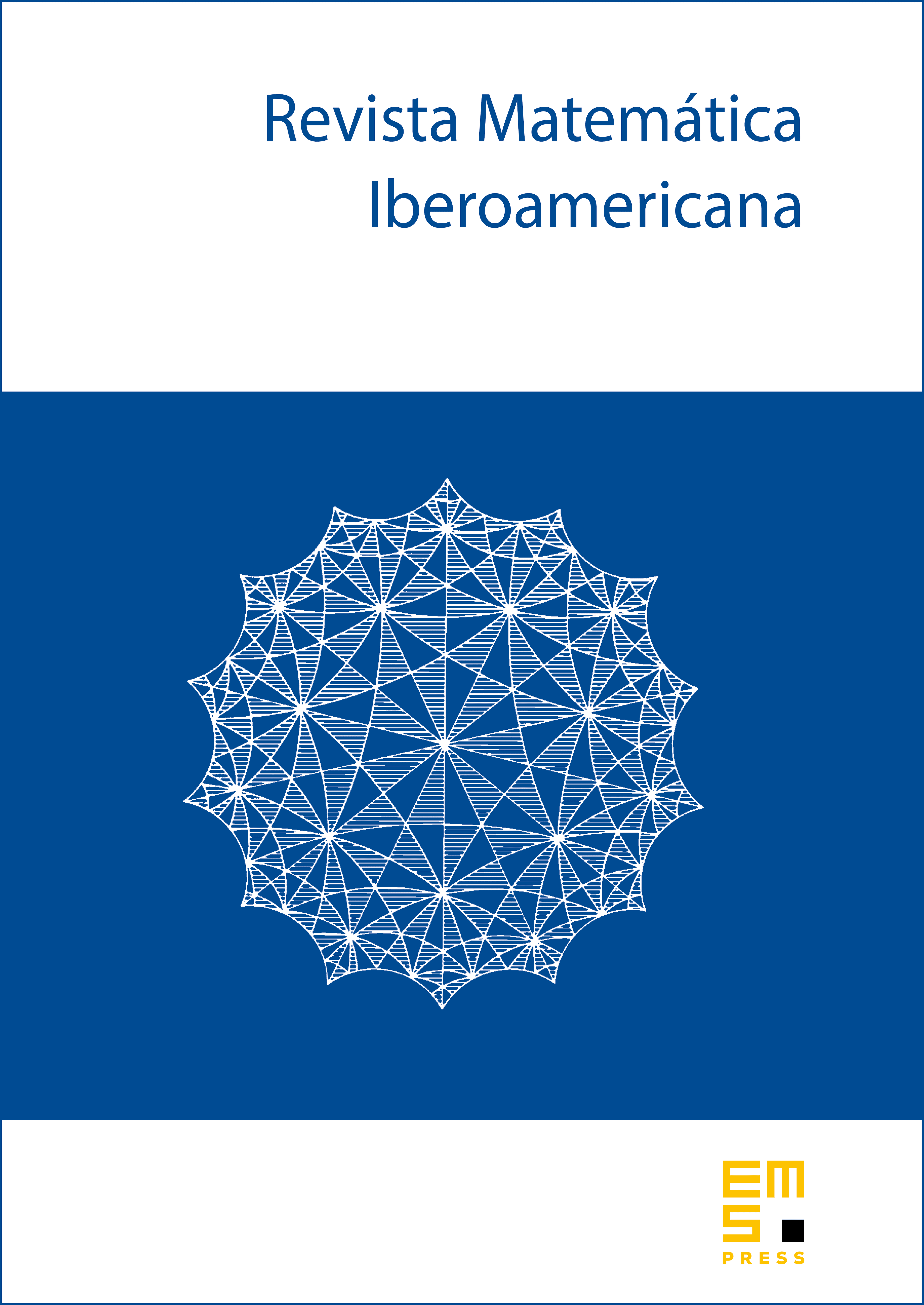Gap distributions of Fourier quasicrystals with integer weights via Lee–Yang polynomials
Lior Alon
Massachusetts Institute of Technology, Cambridge, USACynthia Vinzant
University of Washington, Seattle, USA

Abstract
Recent work of Kurasov and Sarnak provides a method for constructing one-dimensional Fourier quasicrystals (FQ) from the torus zero sets of a special class of multivariate polynomials called Lee–Yang polynomials. In particular, they provided a non-periodic FQ with unit coefficients and uniformly discrete support, answering an open question posed by Meyer. Their method was later shown to generate all one-dimensional Fourier quasicrystals with -valued coefficients (-FQ). In this paper, we characterize which Lee–Yang polynomials give rise to non-periodic -FQs with unit coefficients and uniformly discrete support, and show that this property is generic among Lee–Yang polynomials. We also show that the infinite sequence of gaps between consecutive atoms of any -FQ has a well-defined distribution, which, under mild conditions, is absolutely continuous. This generalizes previously known results for the spectra of quantum graphs to arbitrary -FQs. Two extreme examples are presented: first, a sequence of -FQs whose gap distributions converge to a Poisson distribution. Second, a sequence of random Lee–Yang polynomials that results in random -FQs whose empirical gap distributions converge to that of a random unitary matrix (CUE).
Cite this article
Lior Alon, Cynthia Vinzant, Gap distributions of Fourier quasicrystals with integer weights via Lee–Yang polynomials. Rev. Mat. Iberoam. 40 (2024), no. 6, pp. 2203–2250
DOI 10.4171/RMI/1485